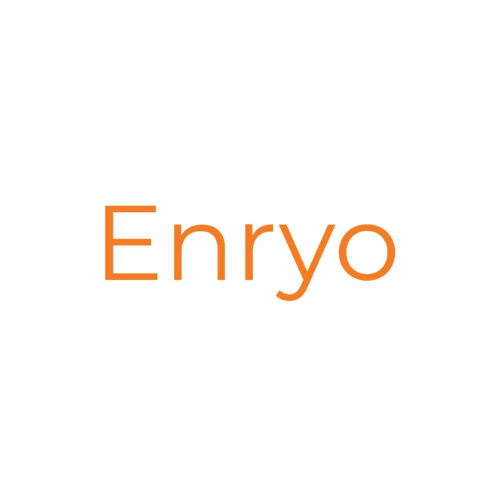Bank Indonesia has unveiled its Indonesian Payment System Blueprint (BSPI) 2030. Among the five key initiatives is the development of its central bank digital currency (CBDC), known as the digital rupiah.
Bank Indonesia had previously disclosed a three-stage proof of concept for the CBDC. The initial stage, completed in the first half of 2024, involved the basic issuance and redemption of a wholesale CBDC (wCBDC) utilising Distributed Ledger Technology (DLT). The second stage will focus on integrating the wCBDC with a digital securities ledger. The final stage aims to establish the wCBDC as the groundwork for a retail CBDC.
Their latest publication provides an update and reaffirms the three phases initially described in 2022, with a nuanced shift towards the wCBDC. For instance, the third phase, which was initially about digital securities, now emphasises using the wCBDC for cross-border payments.
Significantly, Bank Indonesia participates as an observer in the mBridge cross-border CBDC project that employs wCBDC. The mBridge initiative recently progressed to the minimum viable product (MVP) phase, including initial participants such as the BIS Innovation Hub and the central banks of China, Hong Kong, Thailand, and the UAE. Saudi Arabia recently joined, and there are over 22 observer banks.
Bank Indonesia is preparing to commence phase two, focusing on digital securities, divided into three task groups.
Firstly, it will test the issuance, transfer, and redemption of digital securities, both for natively issued tokens and the tokenisation of traditional securities. This will assess how the digital security designs impact the Digital Rupiah Depository (KRD), which oversees the wCBDC issuance, and the Digital Securities Depository (KSD). The central bank asserts that these two functions will help maintain control over the money supply.
The second task will examine the use of digital securities in monetary operations and financial market transactions, concentrating on the rupiah money market. As part of these trials, the central bank aims to replicate its operations using DLT, while also identifying added value from the new technology.
Lastly, the focus will be on enhancing the functionality of digital securities, including programmability, composability, and tokenisation. These features need to demonstrate that issuing a wCBDC is beneficial.
In addition to the latest update, the central bank also outlined plans for the Indonesia Digital Innovation Centre (BIDIC). This centre will support a sandbox environment for testing, gather market intelligence, and offer a space for research and collaborative design with industry partners.



































































